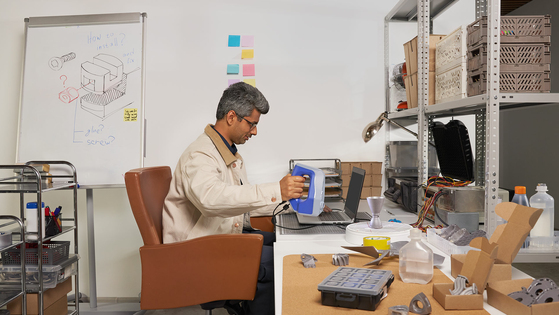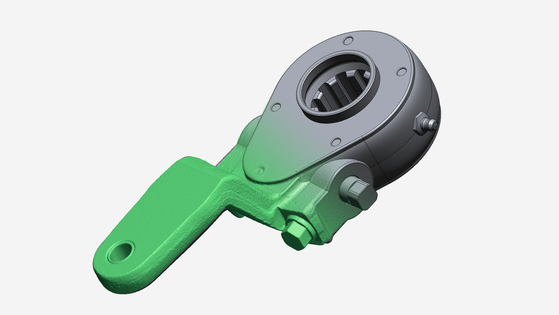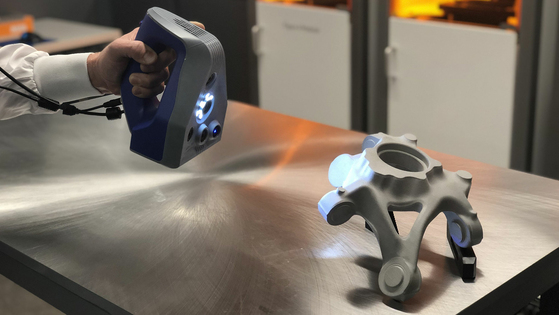
Natalia Kivolya
Tech reporters
From 2016 to 2019, Natalia Kivolya thrived on getting to know the ins and outs of 3D scanning, and writing all about them. Natasha was especially keen on sharing her knowledge with the world, and making technical information accessible, and enjoyable — most notably in the form of guides on how 3D scanning works, for example, or how to select the right scanner for your line of work.
Having lived in Switzerland and England for 15 years, learning new languages and technologies comes easily to Natasha — she speaks four languages and studied marketing in university. It is this combination of skills that made her a great fit for the Artec team, where she dived deep into the technical aspects of the industry to create some excellent content.
If Natasha were to describe a good day, she’d likely detail the pleasures of being curled up with a good book, exploring psychology, pondering spirituality, or simply finding a quiet place to rest while off on a long walk. While she absolutely loves good music and meditation to soothe her soul, in her free time you’re just as likely to find Natasha rocking out at a karaoke bar.



